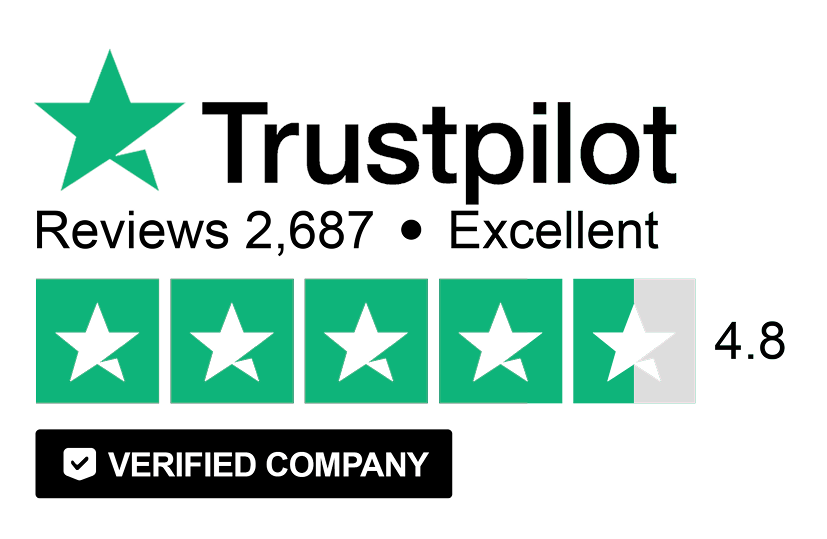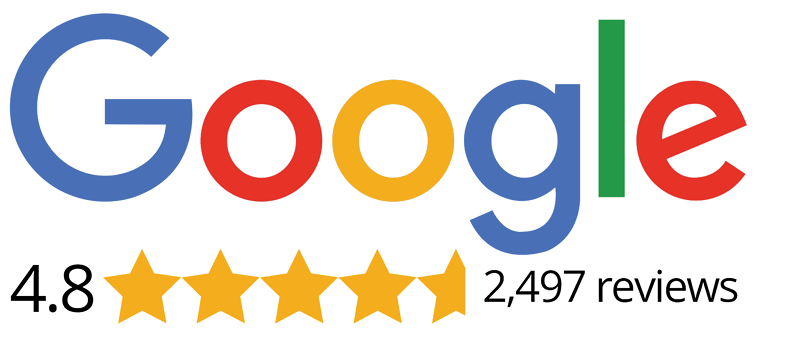
Trusted Funding Solutions for Small Business Growth

Reliant Funding provides fast, flexible working capital directly to small businesses and through a nationwide network of partners. We combine efficiency, integrity, and personal service to help businesses access the capital they need—when they need it.
Why Businesses Choose Reliant

Why Businesses Choose Reliant
Fast Access to Capital
Receive an approval decision within 2 hours. Access funds in a day.*
Flexible Payment Schedules
Daily and weekly payment options to best support your business.
Competitive Rates and Terms
Our goal is to provide funding solutions that help businesses thrive.
Streamlined Online Experience
At every step, our secure digital platform makes the process fast, easy, and transparent.
Dedicated Support
Our experienced team is here to help – before, during and after funding.
Trusted by Thousands of Business Owners Nationwide
We're proud of our reputation for integrity and follow-through.
Don't take our word for it – see what owners like you are saying.
"The process was fast and easy. My representative was helpful and informative. I would recommend Reliant Funding to any small business owner."
"Professional and quick service. The whole team was great to work with. I will definitely use them again in the future."
"Excellent experience. They walked me through every step and made sure I understood the process. Highly recommended!"



A Partnership You Can Count On
At Reliant Funding, our promise is simple: to be the partner you can trust with your clients and your business.
Led by a team with significant experience, we deliver fast, flexible capital with approvals in hours, funding in as little as a day, and payment options that fit your clients' cash flow. Our secure online platform keeps you informed at every step and our team is here to support you before, during, and after funding.
As a partner, you'll always have:
- • Clear deal tracking and real-time updates
- • Competitive programs nationwide**
- • Dedicated support and underwriting
- • Next-day commission payouts and FULL commission on all deals (including renewals)
Reliable. Efficient. Transparent.
That's our promise to you – and to every client you bring our way.

A Streamlined Process Designed for Speed and Simplicity
Submit an Application
Complete a short, no-obligation form.
Review Your Options
Get approved in as little as 2 hours.
Access Your Funds
Receive capital in as little as one business day.
Grow and Succeed
Put your funding to work with confidence.

Whether you're seeking funding to move your business forward or looking to partner with a lender who delivers for clients, Reliant Funding is committed to your success.
Let's build something lasting — together.
*While one-day or same-day funding is possible for some merchants, it may not represent the experience of every business. The availability and speed of funding depend on various factors; individual results may vary.
**Some states are funded through our preferred partner.
